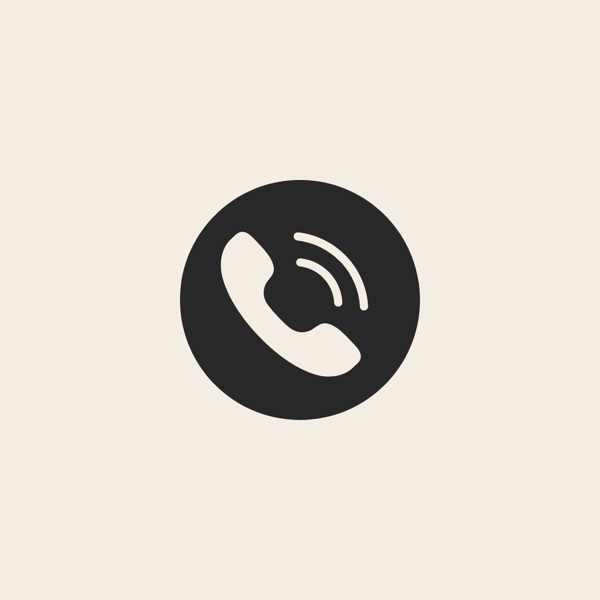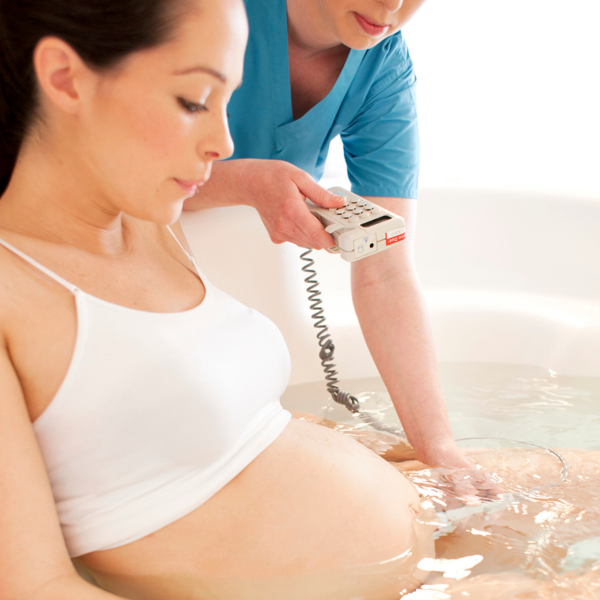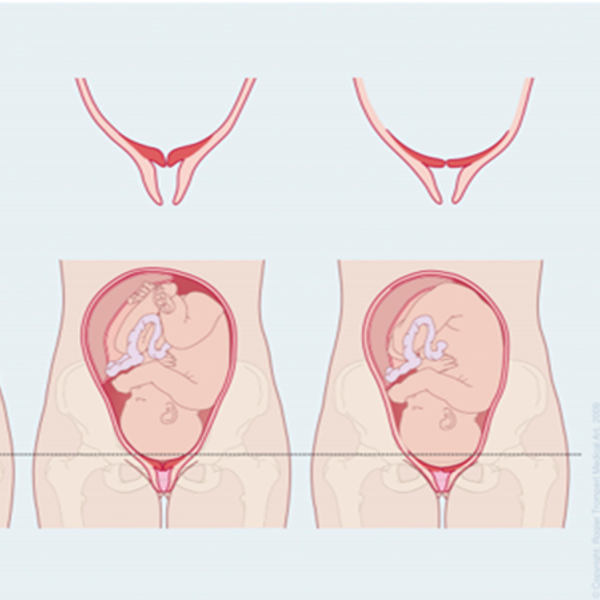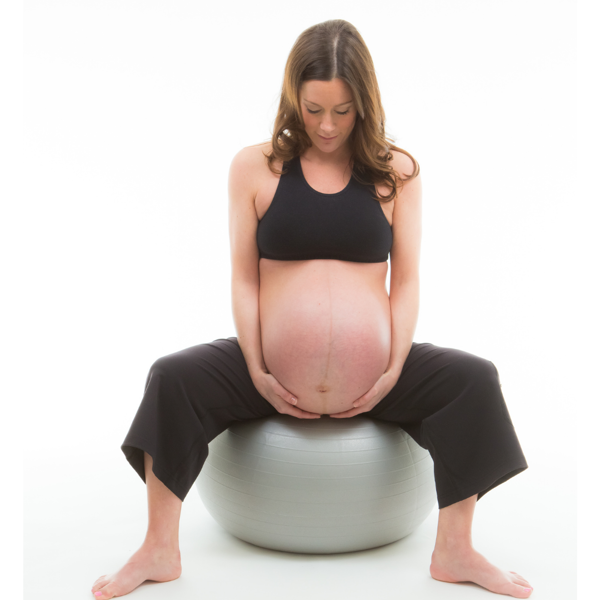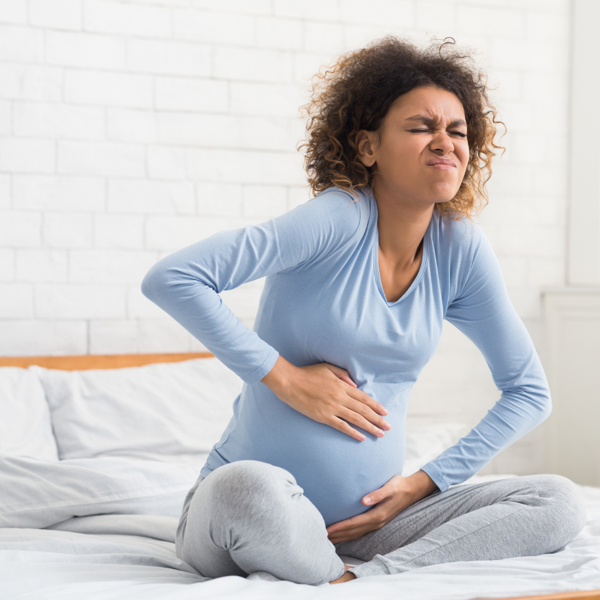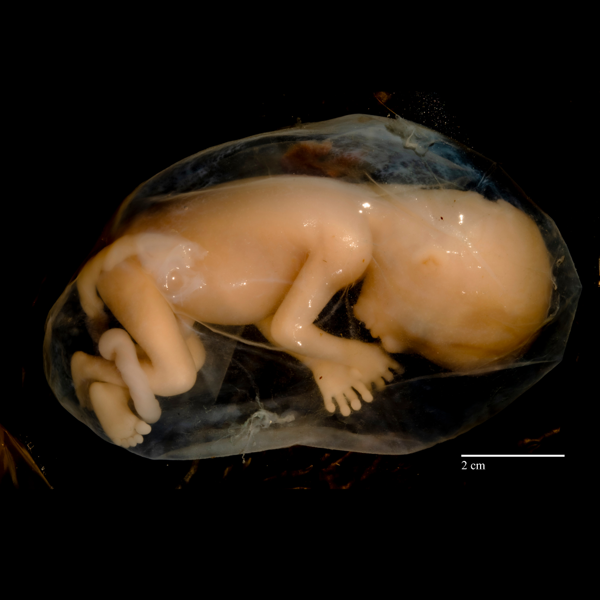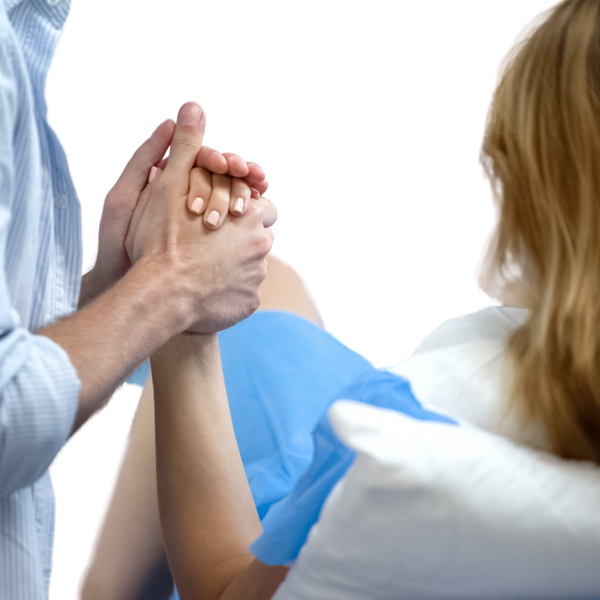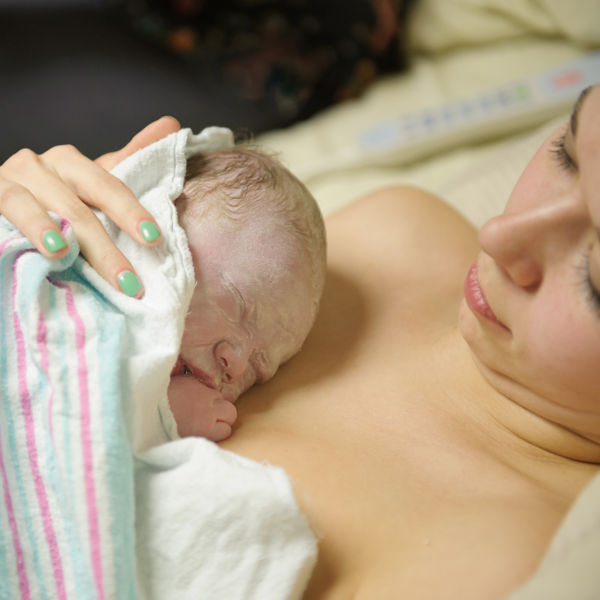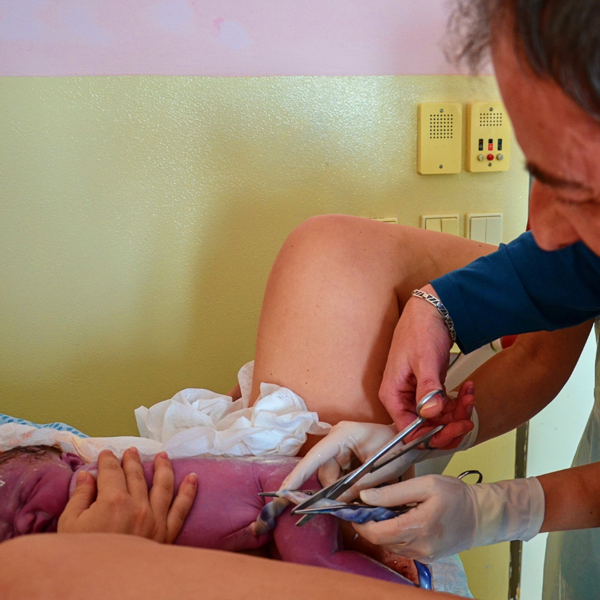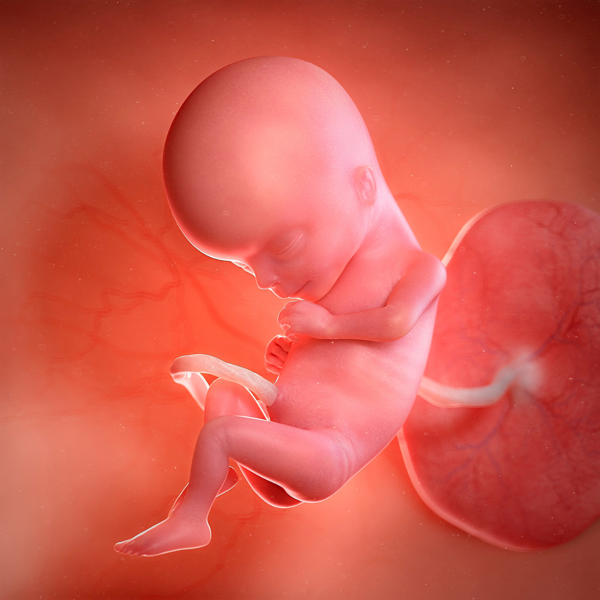Dilation
The active phase
A contraction is a contraction of the uterine muscle. It feels like a kind of cramp in your lower abdomen that comes on slowly, gets worse, and then goes down again. You can compare such a contraction with a wave that washes up on the beach. In the beginning you feel the wave of pain rolling in. Just before the wave hits, the pain is at its worst. Then the wave recedes and you feel the pain diminishing again. Between contractions there is peace in your stomach. The contractions get stronger, come more often and more regularly and hurt more as the labor progresses.
Abdominal and back contractions
Some women find the pain of contractions tolerable, other women find it unbearable. Most women mainly have pain in their abdomen during contractions. But there are also women who mainly feel the pain in their back and/or their legs. Sometimes the pain can switch places. According to some women, back contractions hurt more than abdominal contractions.
Dilation contractions
The dilatation contractions ensure that your cervix opens far enough (10 cm) for the baby to be born. This is called 'disclosure'. Strong contractions are required for dilation. They last longer (1-1.5 minutes) than pre-contractions and come regularly, about every 3 to 5 minutes. You feel them as a painful cramp throughout your pelvic area. One feels them more in the stomach, the other in the back. Some women feel them (also) in their legs. The contractions become more powerful and painful as the dilation progresses. They are most intense during the last centimeters of dilation (8-10 cm). This is a difficult time for many women. Fortunately, the end is in sight! The midwife will check how many centimeters you are dilated via an internal examination.
 Belle Vie offers extra fun ultrasounds! Take a look
Belle Vie offers extra fun ultrasounds! Take a look 
